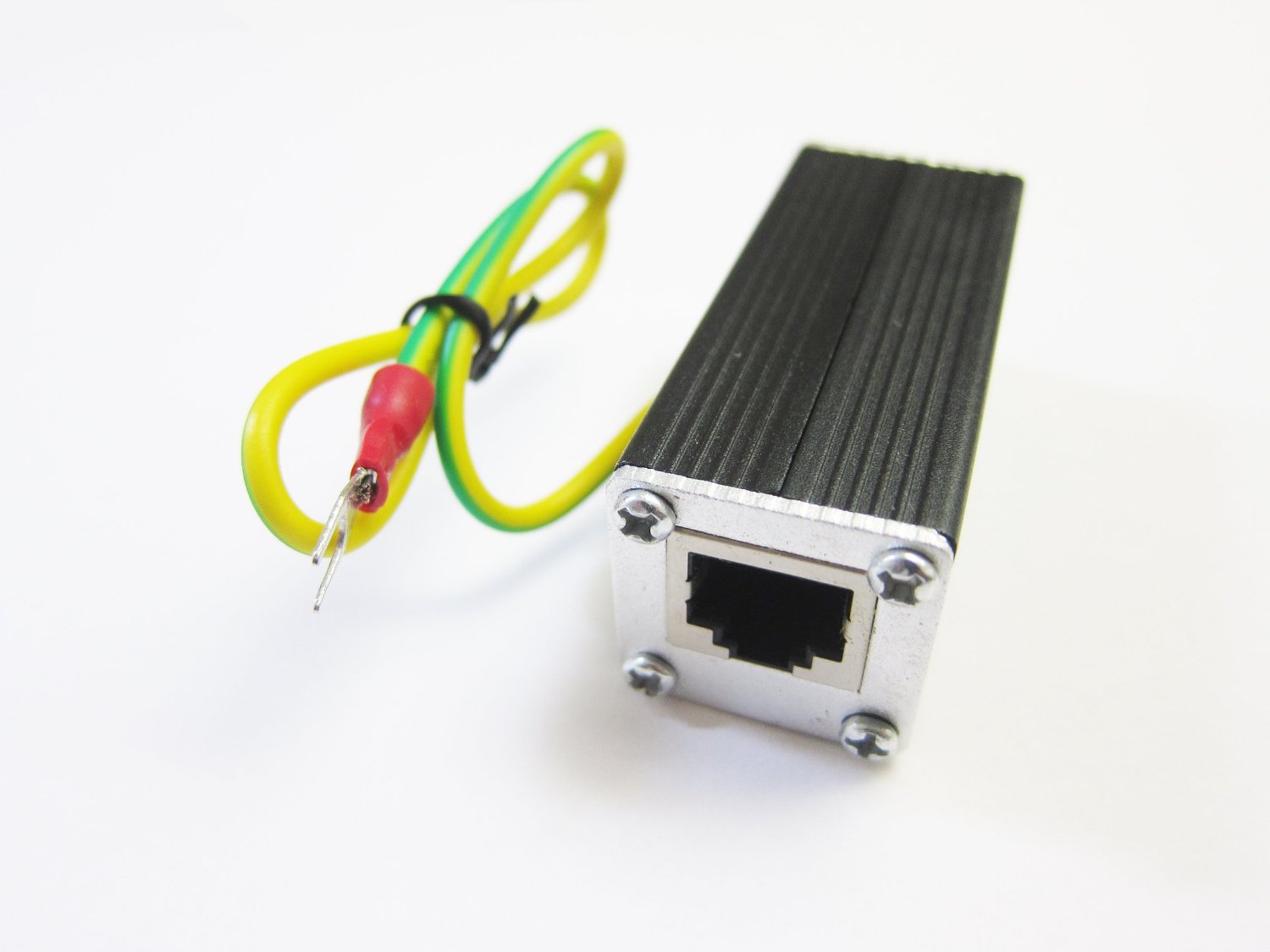

Articles
How To Ground A Surge Protector
Modified: December 7, 2023
Discover the best articles on how to properly ground a surge protector and protect your electronics from power surges. Get expert tips and advice today!
(Many of the links in this article redirect to a specific reviewed product. Your purchase of these products through affiliate links helps to generate commission for Storables.com, at no extra cost. Learn more)
Introduction
Surge protectors play a crucial role in safeguarding our electronic devices from sudden power surges. These surges, which can occur due to lightning strikes, faulty wiring, or utility grid issues, have the potential to irreparably damage our expensive gadgets. A surge protector acts as a barrier, diverting excess voltage away from our devices and grounding it safely. However, for a surge protector to work effectively, proper grounding is essential.
In this article, we will explore the importance of grounding surge protectors and guide you through the step-by-step process of grounding one. So, whether you have recently purchased a surge protector or are looking to upgrade your existing setup, this article will provide you with the necessary information to protect your valuable electronics.
Before we delve into the details of grounding a surge protector, let’s first understand the basics of surge protectors and why grounding plays a crucial role in their functionality.
Key Takeaways:
- Proper grounding of surge protectors is crucial for diverting excess voltage and ensuring the safety and optimal performance of electronic devices during power surges.
- Following a step-by-step grounding process, testing the ground connection, and considering additional tips can help protect valuable electronic devices from potential damage caused by power surges.
Understanding Surge Protectors
A surge protector, also known as a surge suppressor or a surge diverter, is a device designed to protect electronic devices from sudden voltage spikes. These voltage spikes, or power surges, can occur due to various factors such as lightning strikes, power outages, or fluctuations in the electrical grid.
The main purpose of a surge protector is to absorb the excess voltage and redirect it away from the connected devices. It does this by utilizing a metal oxide varistor (MOV) or a gas discharge tube (GDT) to divert the extra electrical energy to the ground.
Surge protectors come in various forms, including power strips, wall outlets, and dedicated surge protection devices. They typically have multiple outlets to plug in various electronic devices simultaneously. Each outlet is equipped with surge protection capabilities to ensure that the connected devices are shielded from power surges.
It’s important to note that surge protectors are not designed to provide an unlimited amount of protection. They have a limited capacity known as the clamping voltage. Once the voltage exceeds this clamping level, the surge protector may not be able to handle the excess voltage, putting your devices at risk. Therefore, it is crucial to choose a surge protector with an appropriate clamping voltage rating for your specific needs.
Now that we have a basic understanding of surge protectors, let’s explore why grounding is crucial for their proper functioning.
Why Grounding is Important
Grounding is a fundamental aspect of electrical systems and plays a critical role in ensuring the safety and proper functioning of surge protectors and connected devices. When it comes to surge protectors, grounding is especially important for two key reasons.
1. Electrical Safety: One of the primary reasons for grounding a surge protector is to provide a safe path for excess electricity to flow in the event of a power surge. When a power surge occurs, the surge protector channels the excess voltage to the ground, preventing it from reaching the connected devices. Without proper grounding, the excess electricity may find alternative paths, potentially damaging the surge protector itself or even causing electrical shocks or fires.
2. Surge Protector Performance: Grounding is also crucial for the optimal performance of surge protectors. When a surge protector is properly grounded, it creates a low-impedance path for the excess electrical energy to be safely directed to the ground. This helps the surge protector to effectively absorb and dissipate the excess voltage, minimizing the risk of damage to the connected devices.
Without proper grounding, the surge protector may not be able to divert the excess voltage effectively, increasing the chances of your electronic devices getting damaged during a power surge. Additionally, an ungrounded surge protector may even malfunction or become less effective in protecting against power surges.
It’s important to note that grounding not only ensures the safety and performance of surge protectors but also provides protection against other electrical hazards, such as electrostatic discharge (ESD) and static electricity buildup. Grounding helps to dissipate these charges and prevents them from causing harm to both the surge protector and the connected devices.
Now that we understand the importance of grounding, let’s dive into the step-by-step process of grounding a surge protector.
Steps to Ground a Surge Protector
Grounding a surge protector is a straightforward process that involves connecting the surge protector to a proper grounding point. Here are the steps to follow:
- Identify the Grounding Point: The first step is to locate a suitable grounding point near the location where the surge protector will be installed. Ideally, this should be a designated grounding wire or a grounded electrical outlet.
- Prepare the Tools and Materials: Gather the necessary tools and materials for the grounding process. You will typically need a screwdriver or a wrench to secure the grounding wire and, if required, a grounding clamp to connect the surge protector.
- Shut off the Power: Before handling any electrical connections, it is important to turn off the power to the circuit or outlet where you will be installing the surge protector. This helps reduce the risk of electrical shock during the grounding process.
- Attach the Grounding Wire: If the surge protector has a built-in grounding wire, connect it to the designated grounding point. Use a screwdriver or a wrench to secure the wire tightly. If the surge protector does not have a grounding wire, you may need to attach a separate grounding wire to the grounding point.
- Check the Connection: Once the grounding wire is securely attached, double-check the connection to ensure there are no loose or exposed wires. It is essential to have a solid and secure connection to guarantee proper grounding.
- Connect the Surge Protector: After confirming the grounding connection, plug the surge protector into a power outlet. Ensure that all the connected devices are plugged into the surge protector and not directly into the wall outlet.
- Test the Grounding: It is recommended to test the grounding of the surge protector using a multimeter or a grounding tester. Follow the instructions provided with the testing device to ensure accurate results. This step helps verify that the surge protector is effectively grounded and providing proper protection.
Following these steps will help ensure that your surge protector is properly grounded, providing optimal performance and protecting your connected devices from power surges.
Tools and Materials Needed
Before you begin grounding a surge protector, it’s important to gather the necessary tools and materials. Having everything prepared beforehand will help streamline the process and ensure a smooth installation. Here are the tools and materials you will need:
- Screwdriver or Wrench: You will need a screwdriver or wrench to secure the grounding wire or grounding clamp.
- Grounding Wire (if needed): If your surge protector does not have a built-in grounding wire, you will need to obtain a separate grounding wire. Make sure it is of the appropriate gauge and length for your specific setup.
- Grounding Clamp (if needed): Some surge protectors may require a grounding clamp to establish a secure connection to the grounding point. Check the surge protector’s instructions or consult with an electrician to determine if a grounding clamp is necessary.
- Power Outlet: Make sure you have a functioning power outlet near the installation location of the surge protector. Ensure that the outlet is properly grounded to provide a reliable grounding point for the surge protector.
- Grounding Point: Identify a suitable grounding point in your electrical system. This can be a designated grounding wire or a grounded electrical outlet. Ensure that the grounding point meets the electrical code requirements for proper grounding.
- Testing Device: It’s highly recommended to have a multimeter or a grounding tester on hand to verify the effectiveness of the grounding connection. This will help ensure that the surge protector is properly grounded and ready to protect your devices.
By gathering these tools and materials before you begin the grounding process, you will have everything at your disposal to complete the installation smoothly and efficiently.
When grounding a surge protector, always use a three-pronged outlet to ensure proper grounding. Avoid using adapters or removing the grounding pin.
Step-by-Step Guide
Grounding a surge protector is a relatively simple process, and following a step-by-step guide can help ensure that you do it correctly. Here’s a breakdown of the process:
- Step 1: Shut off the Power: Before you begin working with any electrical connections, turn off the power to the circuit or outlet where you will be installing the surge protector. This step is crucial for your safety and to prevent any electrical mishaps.
- Step 2: Identify the Grounding Point: Locate a suitable grounding point near the installation location of the surge protector. This can be a designated grounding wire or a grounded electrical outlet. Ensure that the grounding point meets the electrical code requirements for proper grounding.
- Step 3: Prepare the Tools and Materials: Gather all the necessary tools and materials, including a screwdriver or wrench for securing the grounding wire or clamp, the surge protector with a built-in grounding wire (if applicable), and any additional grounding wire or clamp required.
- Step 4: Attach the Grounding Wire: If the surge protector has a built-in grounding wire, connect it to the designated grounding point. Use a screwdriver or wrench to secure the wire tightly. If your surge protector does not have a grounding wire, attach a separate grounding wire to the grounding point using the appropriate hardware.
- Step 5: Check the Connection: Double-check the connection to ensure that there are no loose or exposed wires. It’s important to have a solid and secure connection for effective grounding and protection.
- Step 6: Connect the Surge Protector: Plug the surge protector into a power outlet, making sure that all the connected devices are plugged into the surge protector and not directly into the wall outlet. This ensures that the devices are protected by the surge protector.
- Step 7: Test the Grounding: It is highly recommended to test the grounding of the surge protector using a multimeter or grounding tester. Follow the instructions provided with the testing device to verify that the surge protector is effectively grounded and providing proper protection.
- Step 8: Restore Power and Test Surge Protection: After confirming the grounding connection and ensuring that everything is securely in place, restore power to the circuit or outlet. Test the surge protector by intentionally triggering a power surge or using a surge generator, if available, to ensure that the surge protector is effectively protecting the connected devices.
Following this step-by-step guide will help you properly ground a surge protector, ensuring optimal protection for your electronic devices.
Testing the Ground Connection
After you have grounded your surge protector, it’s crucial to test the ground connection to ensure it is functioning properly. Testing the ground connection will help verify that the surge protector is effectively grounded, providing reliable protection for your electronic devices. Here’s how you can test the ground connection:
- Step 1: Obtain a Testing Device: To test the ground connection, you will need a multimeter or a grounding tester. These testing devices are readily available at hardware stores or online and are relatively easy to use.
- Step 2: Set Up the Testing Device: Follow the instructions provided with the testing device to set it up correctly. This may involve adjusting the settings on the multimeter or placing the grounding tester on a suitable surface.
- Step 3: Test the Ground Outlet: Insert the probes of the multimeter or place the grounding tester on the grounding outlet identified during the grounding process. Ensure that the probes or the grounding tester’s contacts make solid contact with the outlet.
- Step 4: Read the Test Results: Once the testing device is properly connected, it will provide a reading indicating the status of the ground connection. Depending on the device, it may display a value in ohms or provide a visual indication of a successful ground connection.
- Step 5: Interpret the Results: If the testing device displays a low resistance reading (usually below 5 ohms), or indicates a successful ground with a visual indicator, it means that the ground connection is functioning properly. This indicates that your surge protector is effectively grounded.
- Step 6: Troubleshooting: If the testing device indicates a high resistance reading or shows that the ground connection is not working, there may be an issue with the grounding. Double-check the connections and ensure that all the connections are secure and properly tightened.
- Step 7: Seek Professional Help if Needed: If you are unable to resolve any issues with the ground connection, or if you are uncertain about the results of the test, it is advisable to consult a qualified electrician. They can inspect the grounding system and troubleshoot any problems to ensure proper grounding and protection.
By testing the ground connection of your surge protector, you can have confidence in its effectiveness and provide reliable protection for your electronic devices.
Additional Tips and Considerations
Grounding a surge protector is a crucial step in protecting your electronic devices from power surges. Here are some additional tips and considerations to keep in mind during the grounding process:
- Follow Manufacturer’s Instructions: Always refer to the manufacturer’s instructions and guidelines for grounding your specific surge protector model. They may provide additional steps or precautions that are specific to the product.
- Check Local Electrical Codes: Familiarize yourself with the local electrical codes and regulations regarding grounding. Ensure that your grounding setup complies with these codes to maintain safety and compliance.
- Keep Grounding Connections Secure: It’s crucial to ensure that all grounding connections are tight and secure. Loose or poorly connected grounding wires can lead to ineffective grounding and compromised protection.
- Consider Professional Installation: If you are unsure or uncomfortable with grounding the surge protector yourself, it is recommended to seek professional help. An electrician can ensure proper grounding and provide peace of mind.
- Regularly Inspect and Maintain: Periodically inspect your surge protector and grounding connections to ensure they are in good condition. Replace any worn-out or damaged components promptly to maintain optimal performance.
- Consider Whole-House Surge Protection: In addition to individual surge protectors, consider installing whole-house surge protection to safeguard your entire electrical system. This can provide an extra layer of protection against power surges entering your home.
- Replace Surge Protectors When Necessary: Over time, surge protectors can age and degrade, becoming less effective in protecting against power surges. Replace surge protectors every few years or as recommended by the manufacturer to maintain their efficiency.
- Use High-Quality Surge Protectors: Invest in surge protectors from reputable brands that meet industry standards. High-quality surge protectors offer better protection and durability, ensuring the safety of your devices.
By following these additional tips and considerations, you can enhance the effectiveness of your surge protector and ensure the long-term protection of your valuable electronic devices.
Conclusion
Proper grounding is a critical aspect of ensuring the effectiveness and safety of surge protectors. Grounding allows the excess voltage from power surges to be safely redirected to the ground, protecting your electronic devices from potential damage. By following the step-by-step guide and considering the additional tips provided in this article, you can successfully ground your surge protector and provide reliable protection for your valuable devices.
Remember to always prioritize safety during the grounding process. Turn off the power before starting, use the appropriate tools and materials, and double-check all connections to ensure they are secure. Testing the ground connection with a multimeter or grounding tester further adds assurance that your surge protector is effectively grounded.
Regularly inspect your surge protector and grounding connections to ensure they are in proper working condition. Replace surge protectors when necessary and consider investing in whole-house surge protection for comprehensive protection against power surges.
Grounding a surge protector is a relatively simple task, but if you are unsure or uncomfortable with the process, it is recommended to seek professional assistance from a qualified electrician. They can help ensure that your surge protector is grounded correctly and provide expert advice specific to your electrical system.
By taking the time to properly ground your surge protector, you are taking proactive steps to protect your electronic devices and prevent potential damage from power surges. With reliable surge protection in place, you can have peace of mind knowing that your devices are safeguarded against unexpected voltage spikes and power surges.
Frequently Asked Questions about How To Ground A Surge Protector
Was this page helpful?
At Storables.com, we guarantee accurate and reliable information. Our content, validated by Expert Board Contributors, is crafted following stringent Editorial Policies. We're committed to providing you with well-researched, expert-backed insights for all your informational needs.
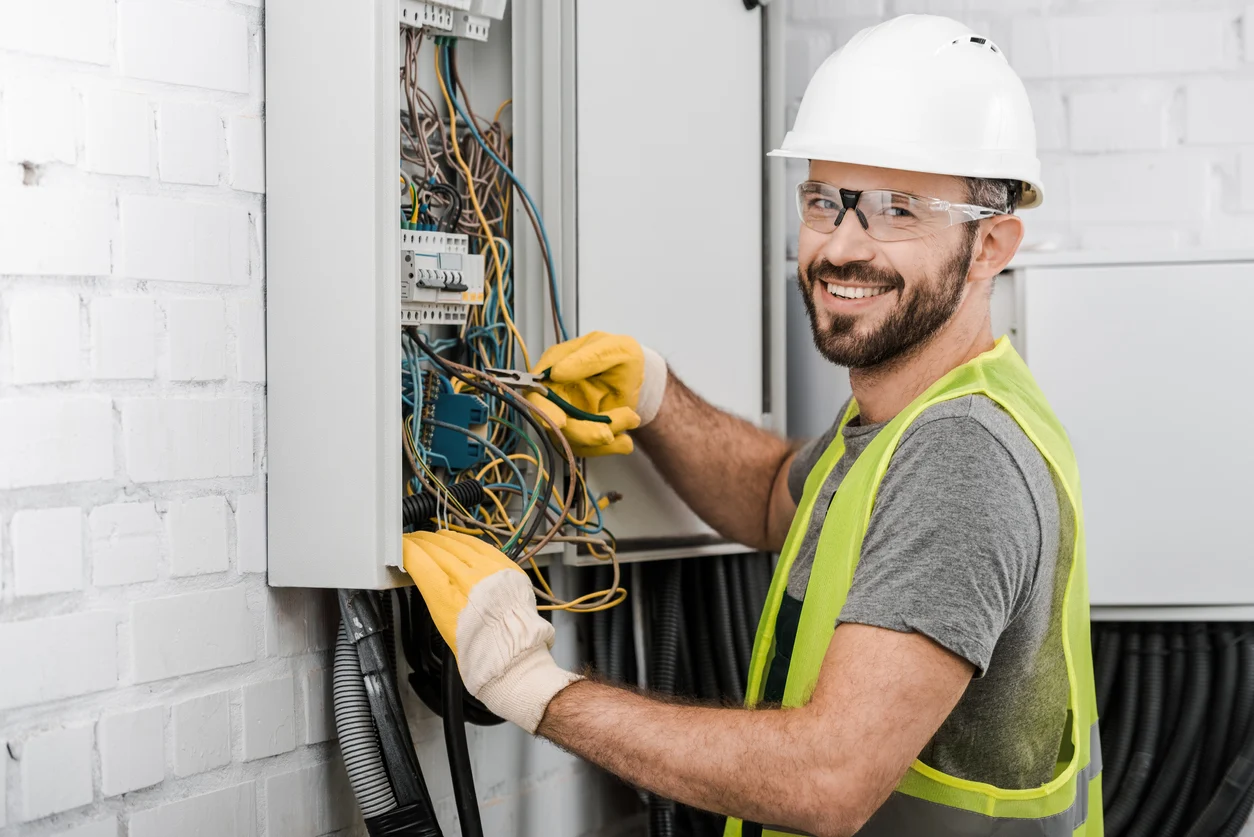
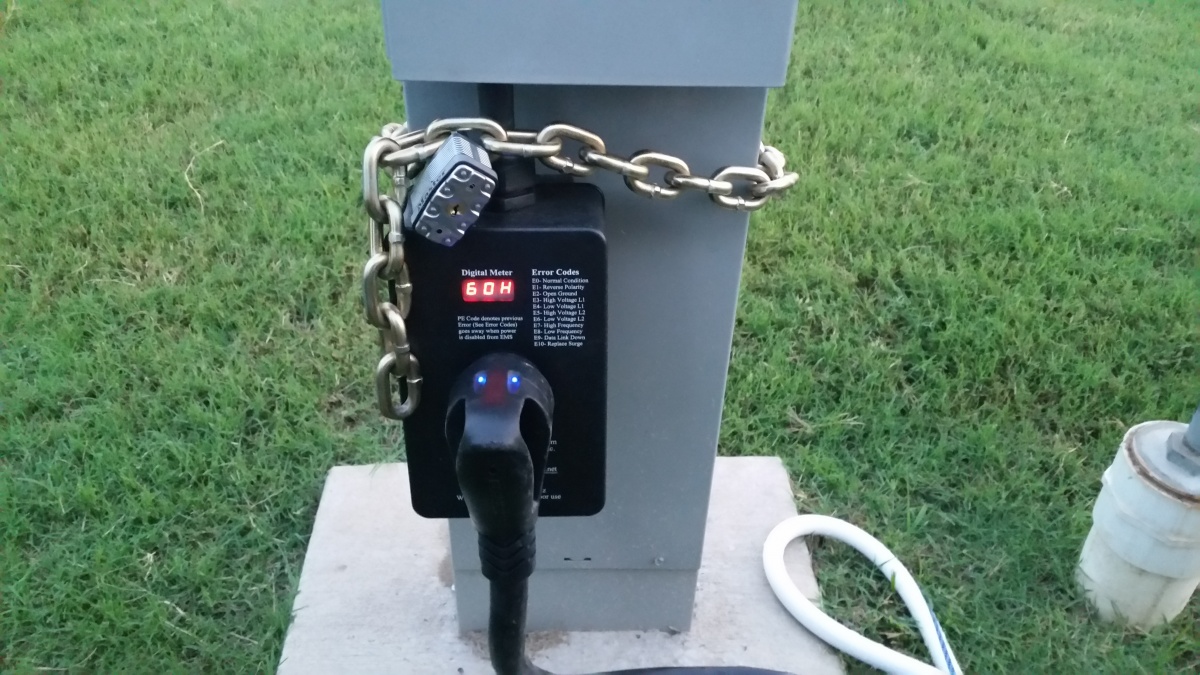
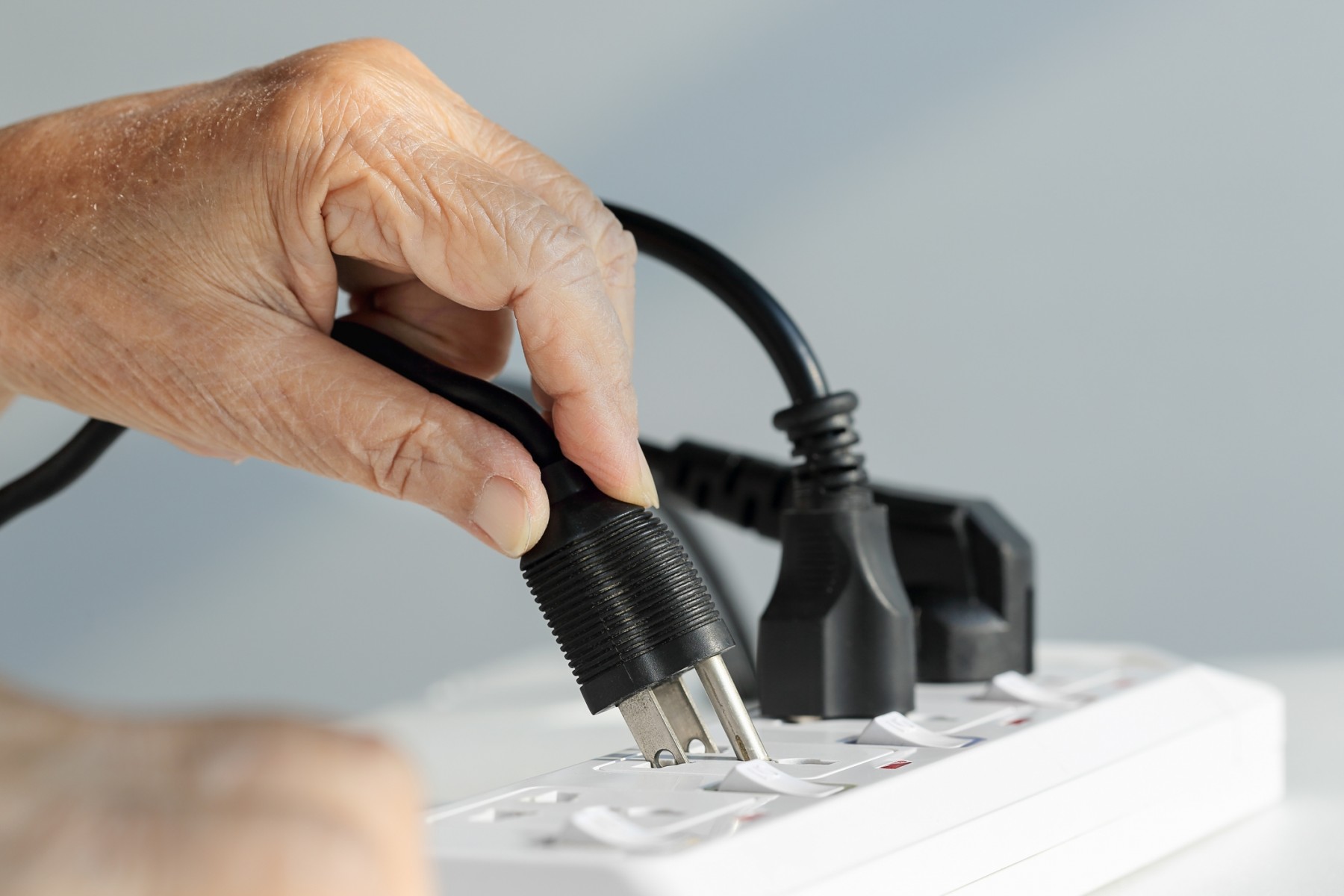
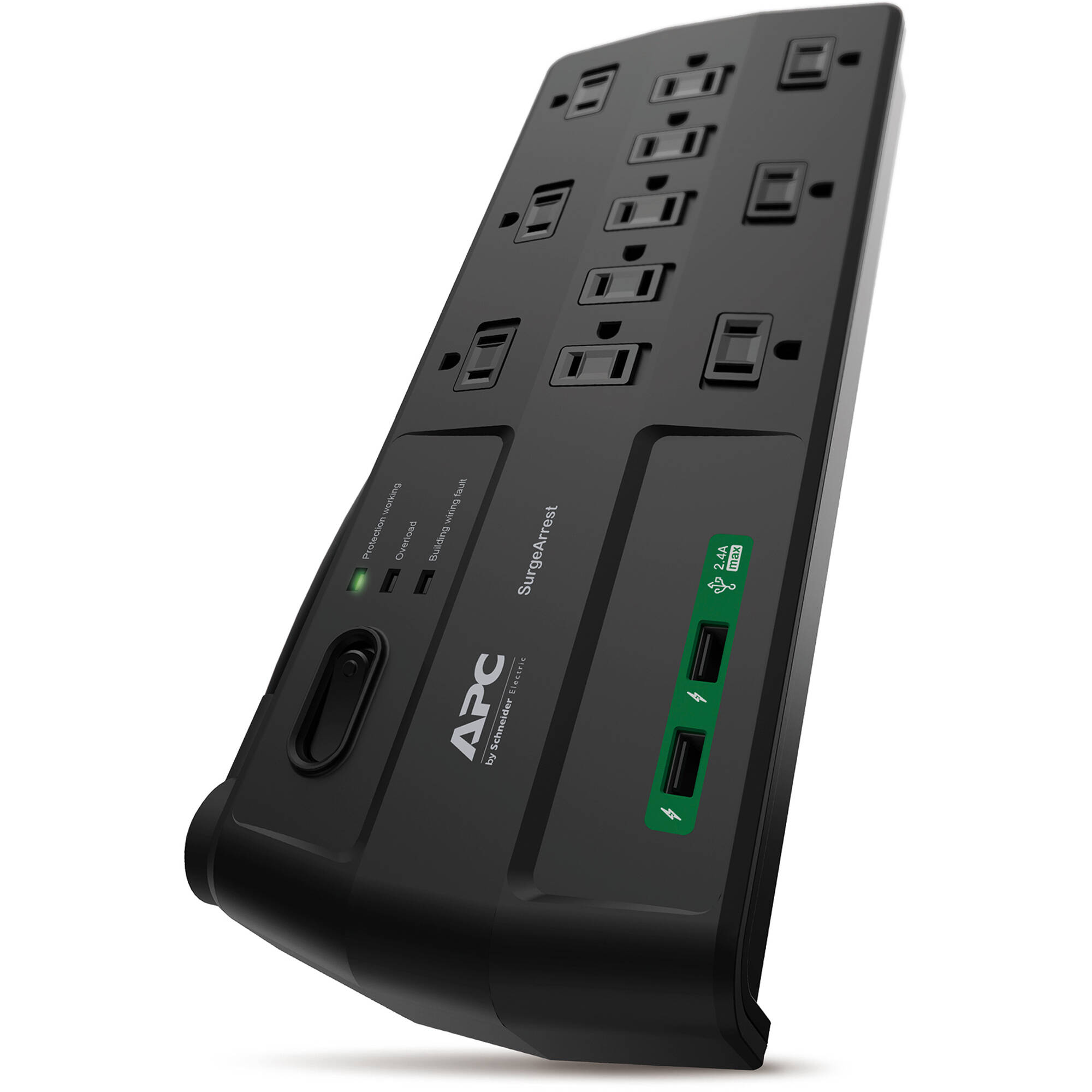
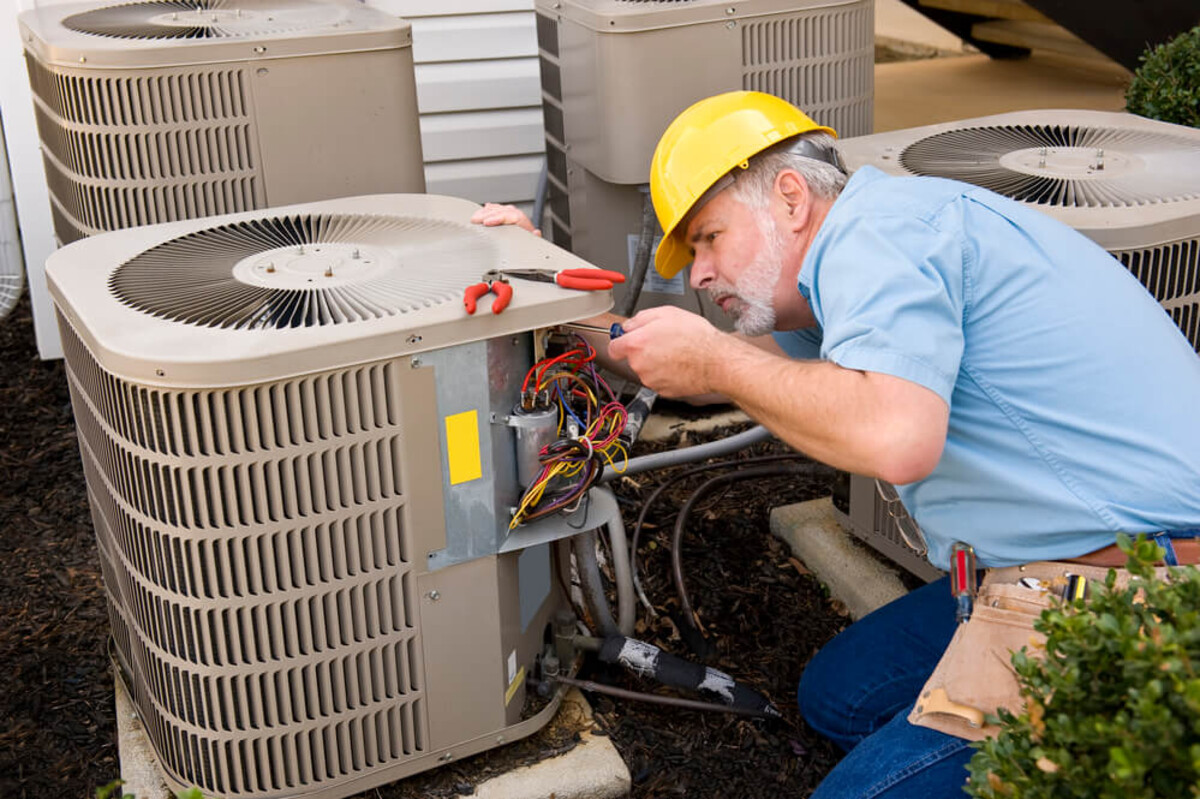
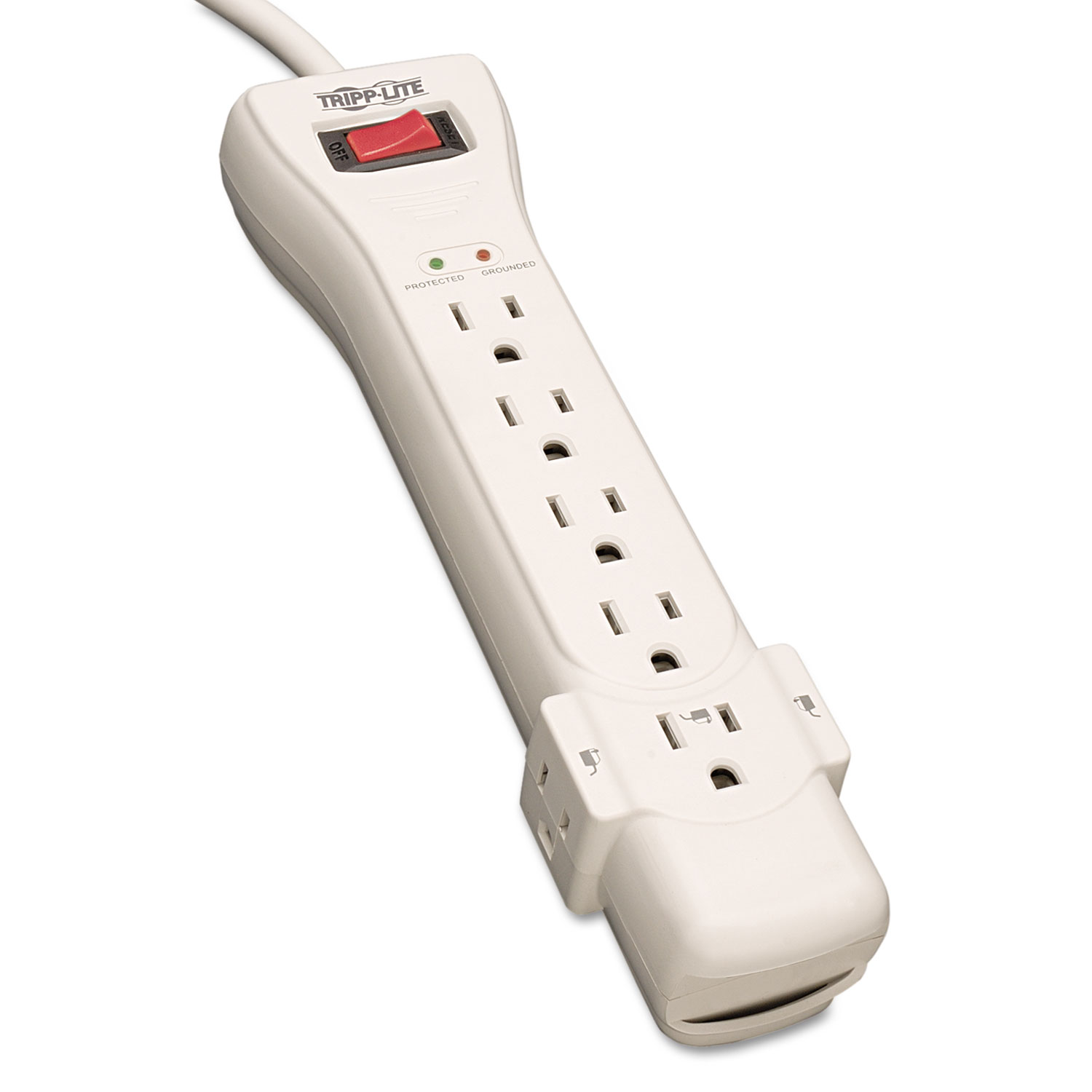
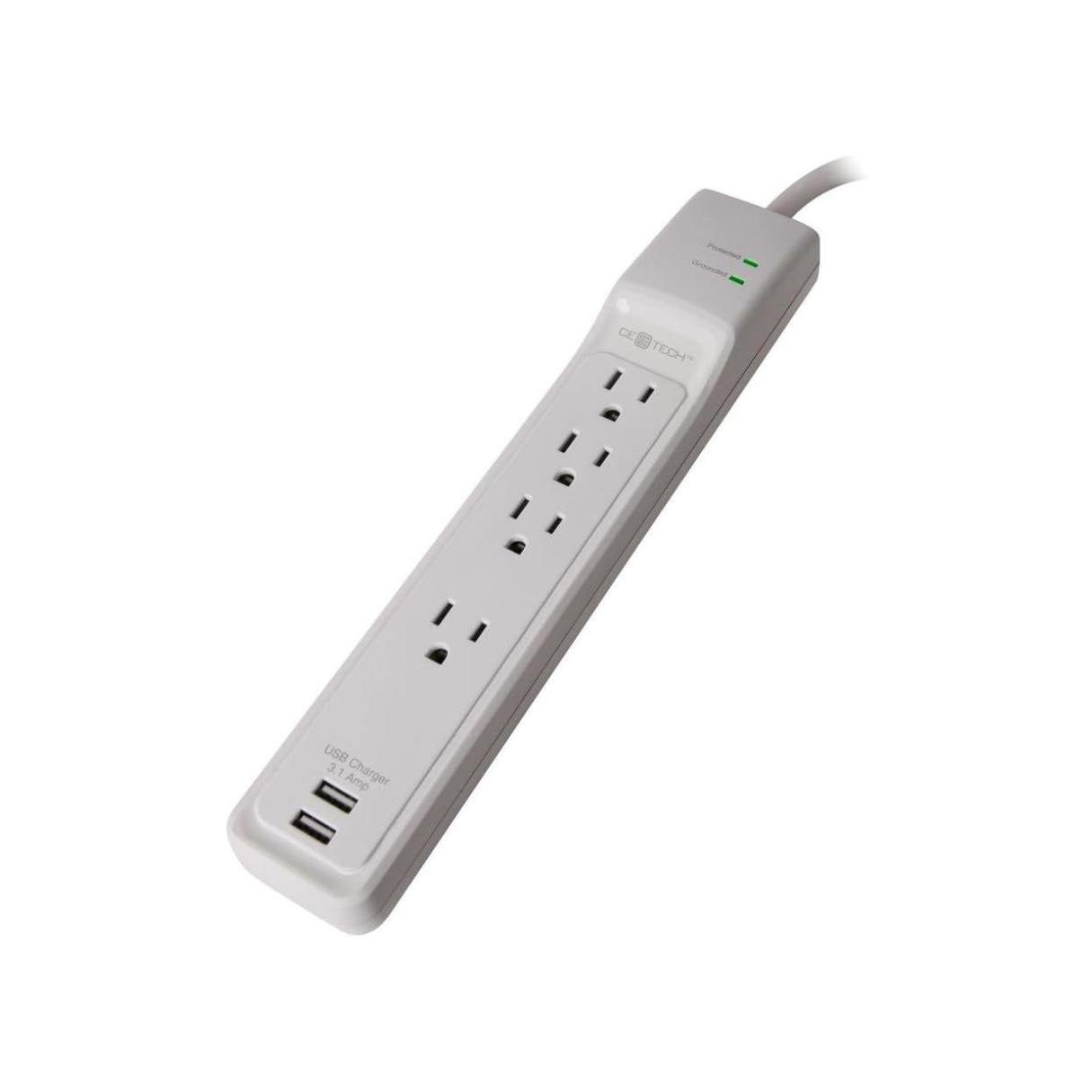
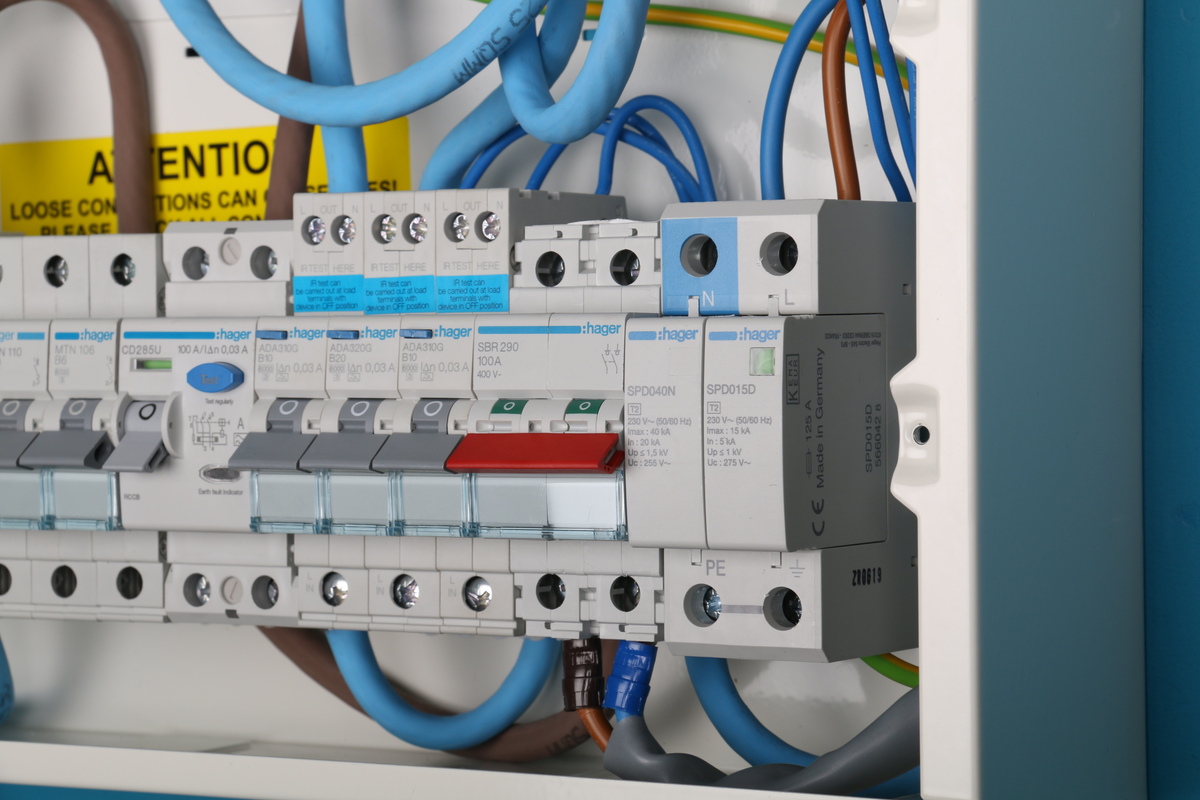
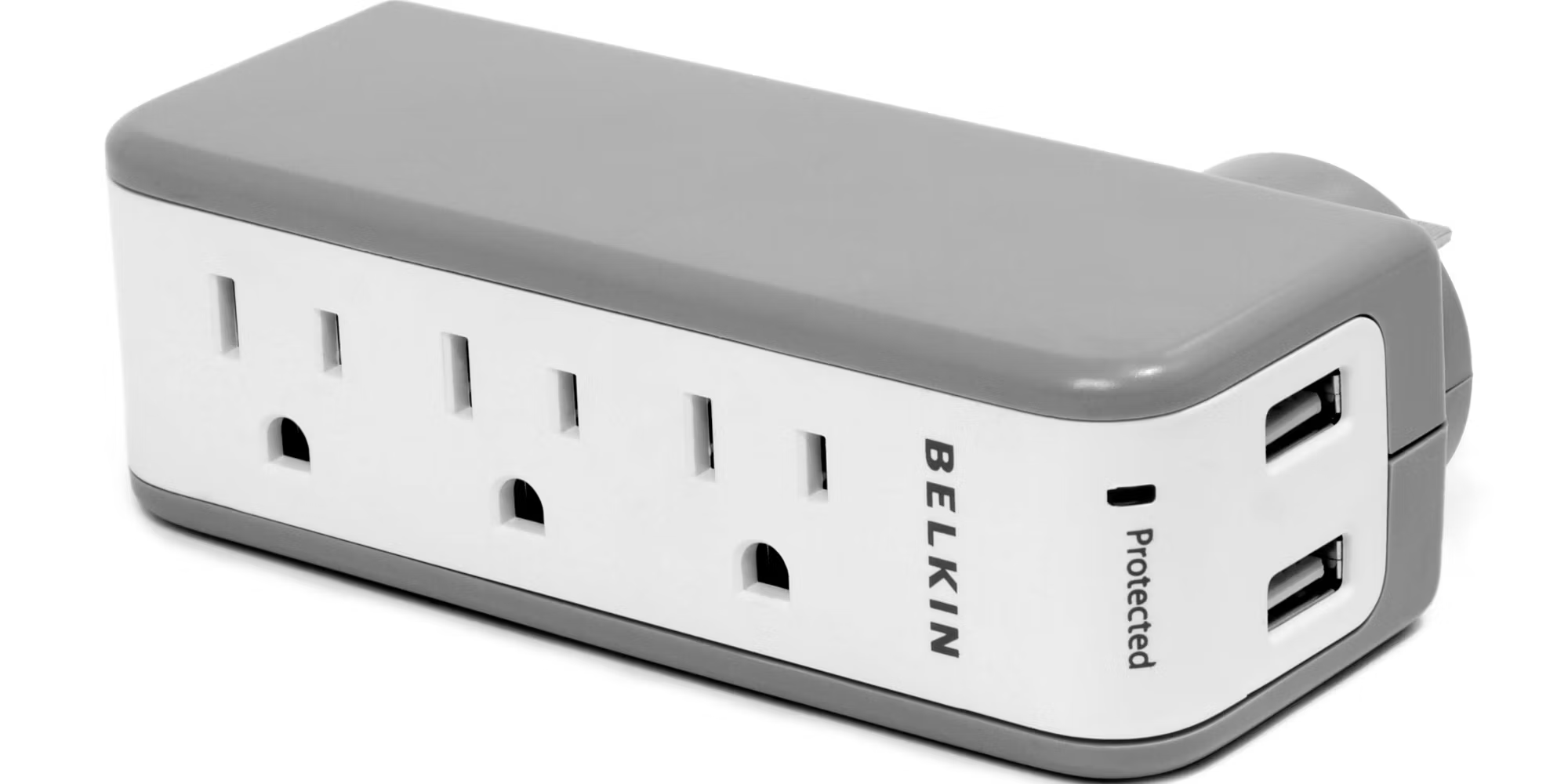
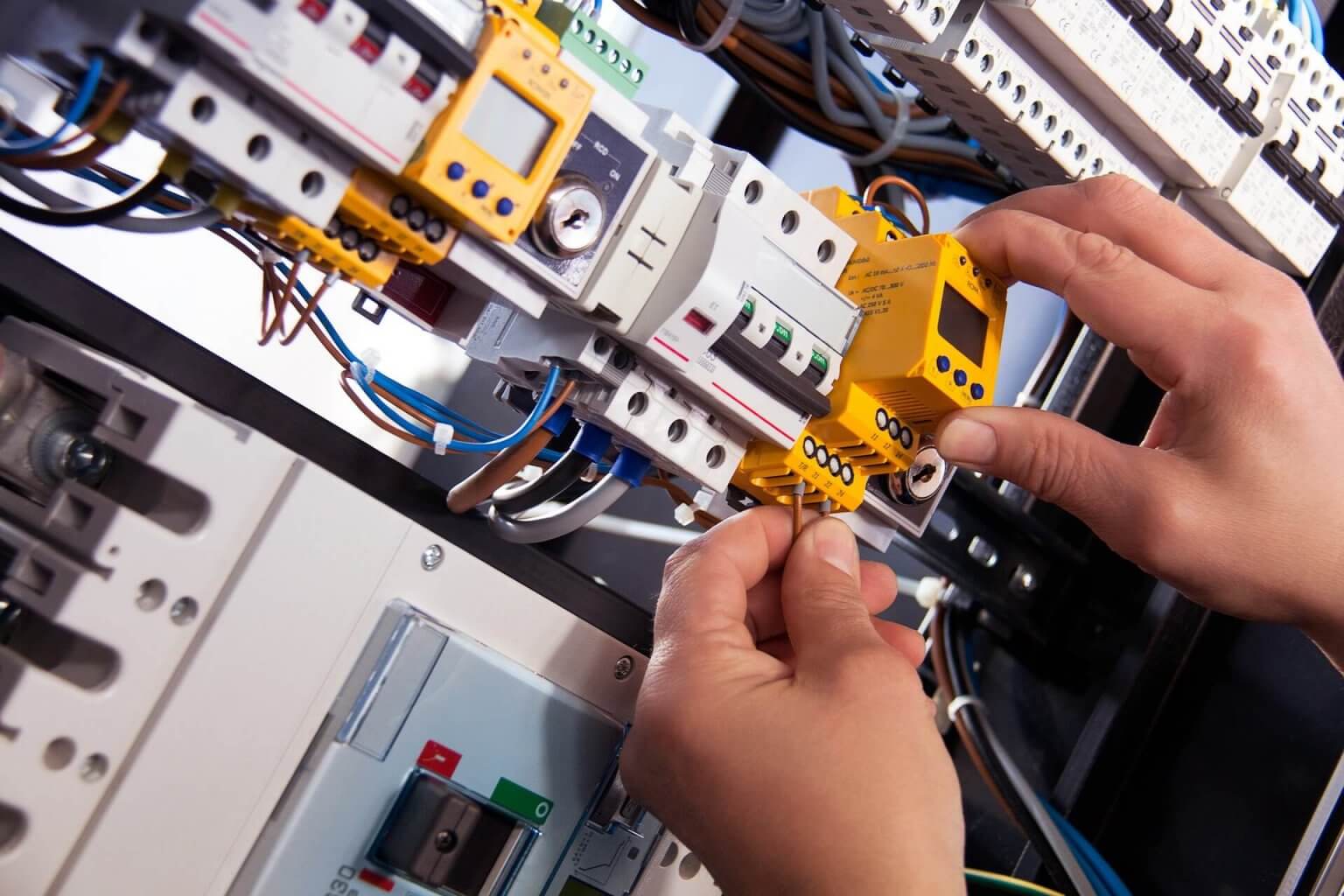
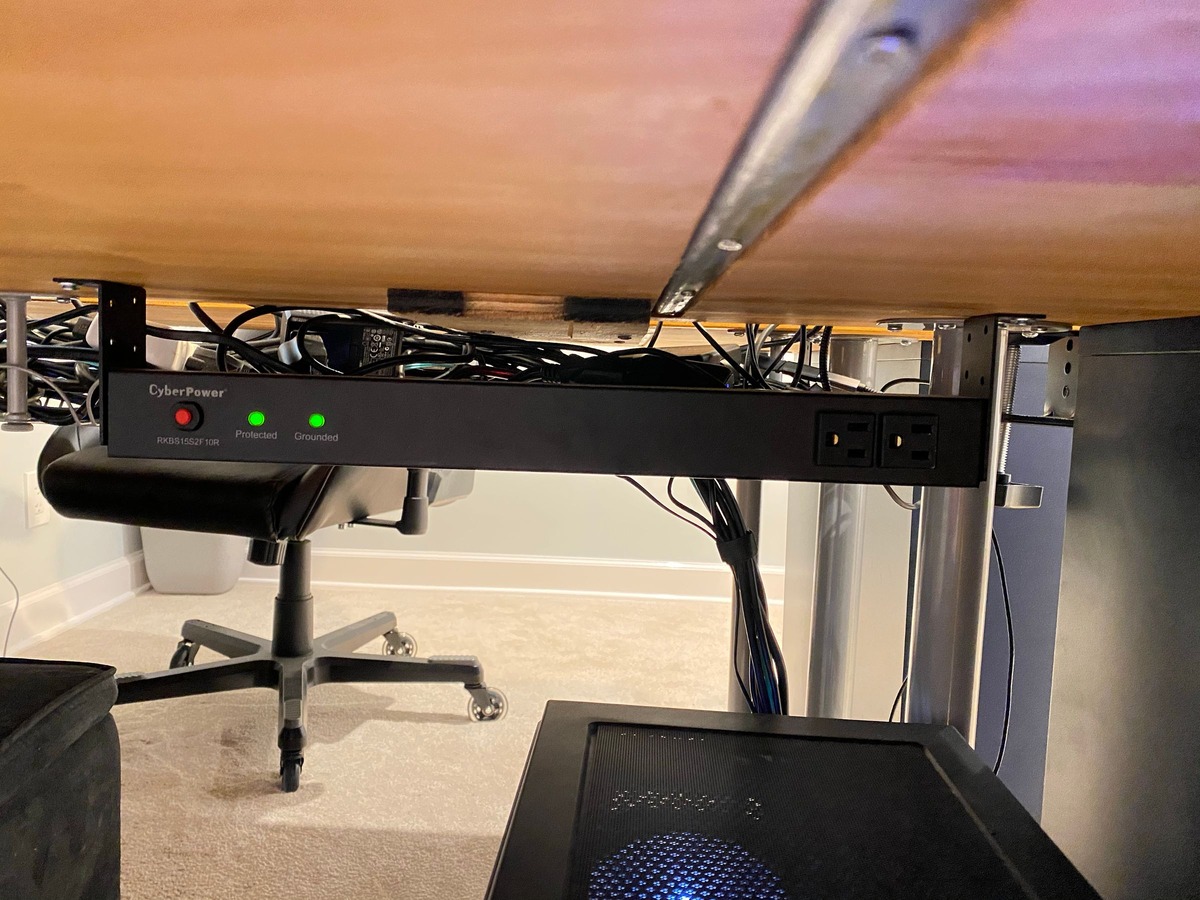
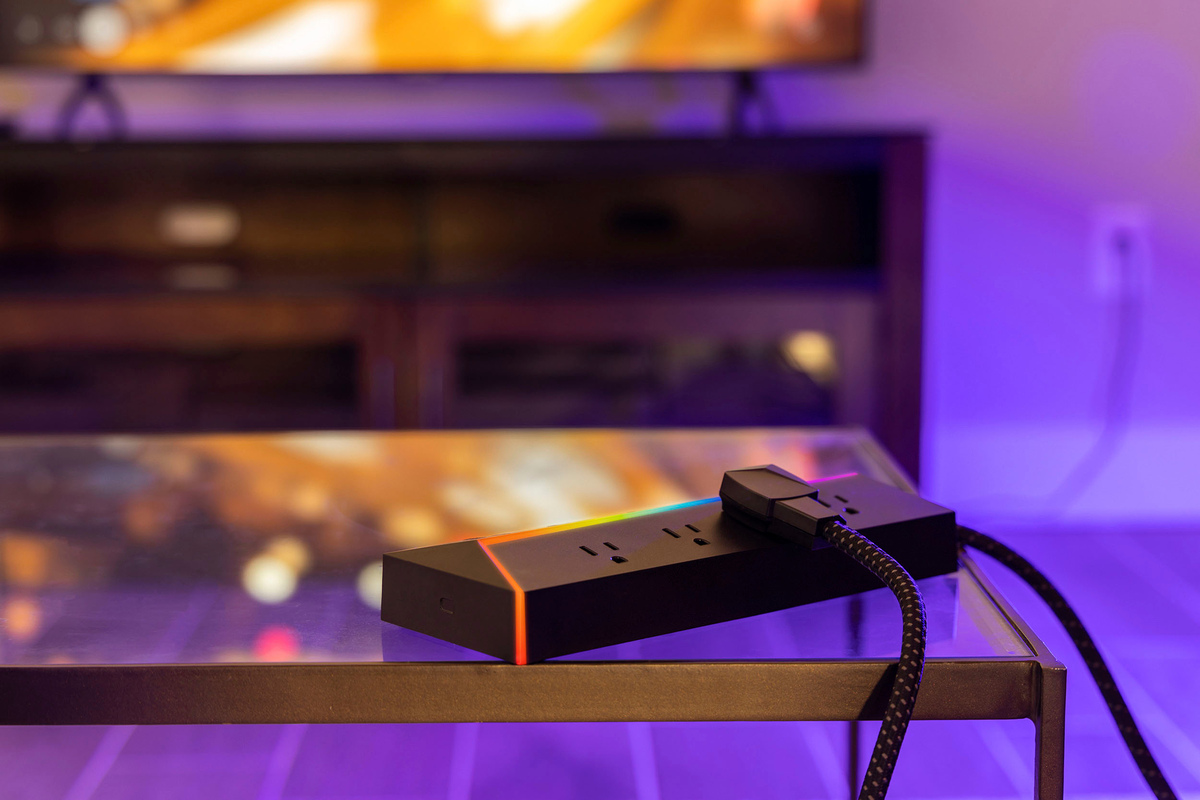
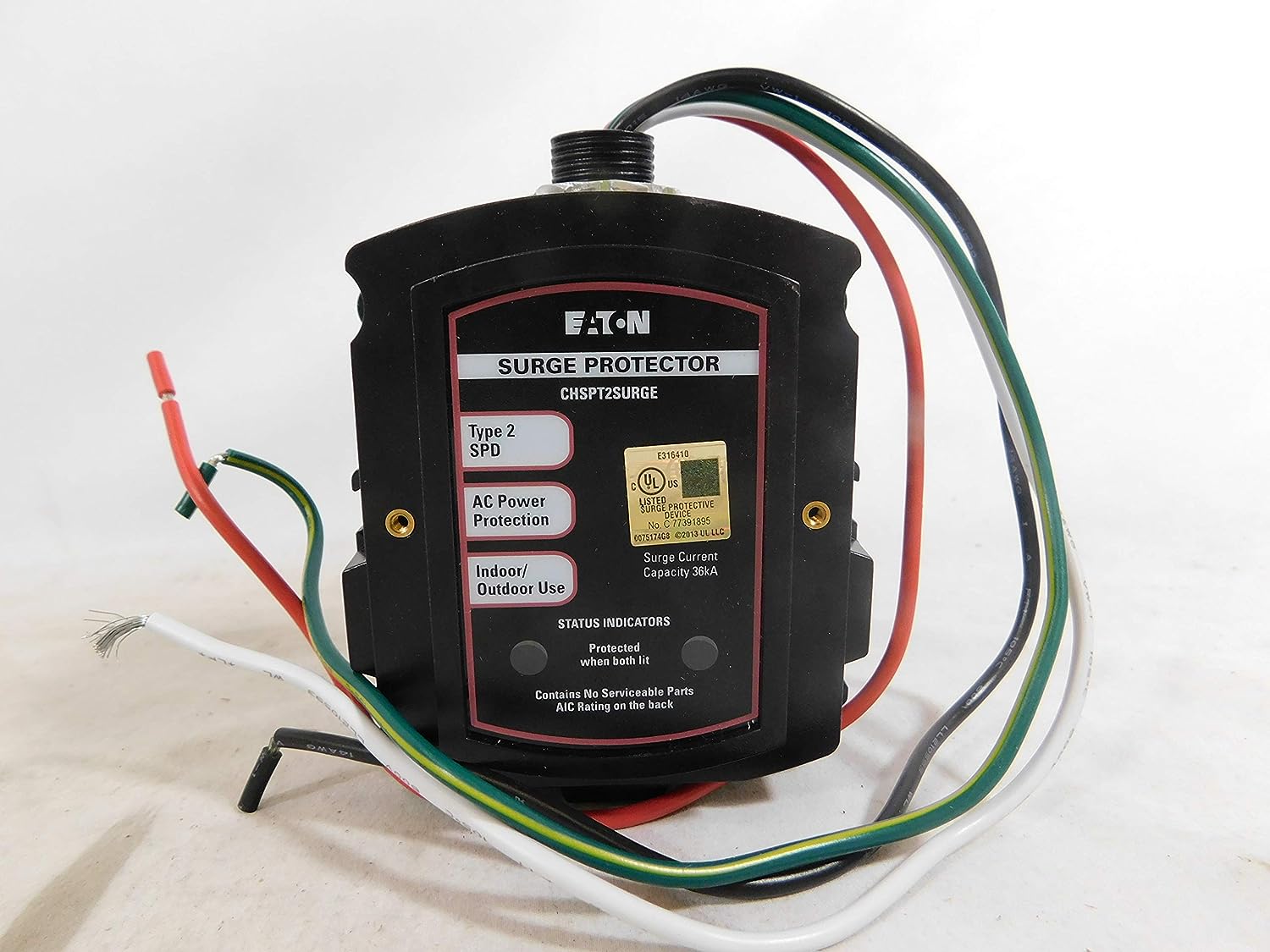
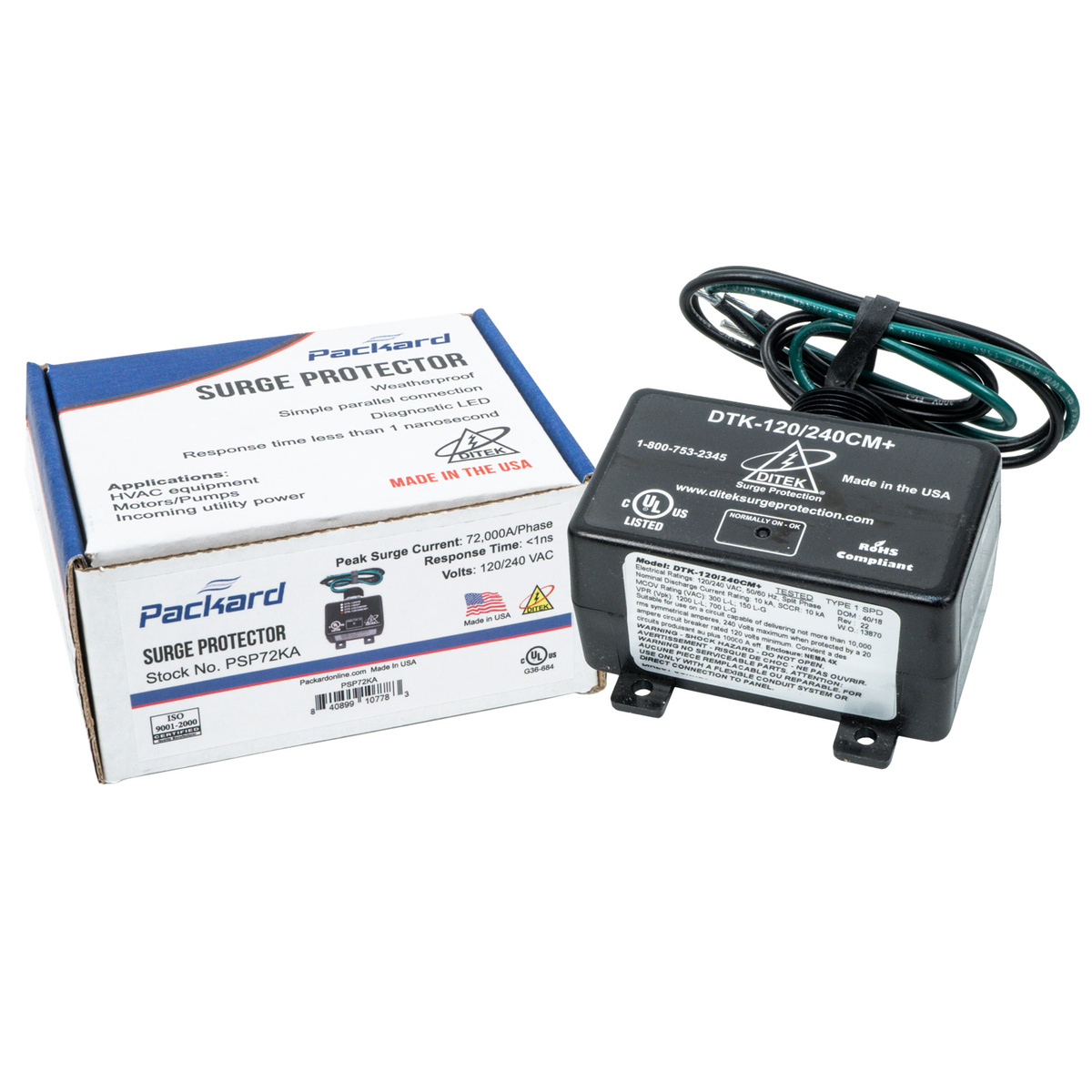

0 thoughts on “How To Ground A Surge Protector”